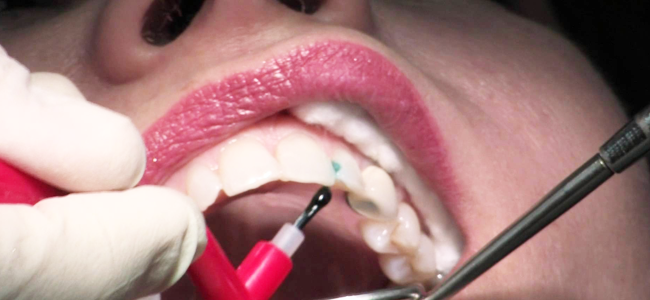What are Crowns and Fillings: Why Do I Need One?
We’ve all heard of people getting a crown or a filling without understanding why. Perhaps you have even asked yourself. “Do I need really need a crown or a filling?” We accept it as a common procedure that many people we know have and you probably have a roundabout idea of what they are. Like most procedures associated with the dentist’s office, you’re probably apprehensive about hearing that you need one. But, let’s cast away some of those concerns and discuss what exactly a crown or filling is and if you would need one or either. First, we’re going to cover the ins and outs of a filling as that usually comes before a crown. After which we’ll discuss what a crown is as well as the differences between them both.
So, if your dentist says you need a filling, what do they mean?
When your dentist recommends you have a tooth filling done what they are saying is that tooth has decayed enough to where a portion of it needs to be removed and replaced. That a cavity has gone past the enamel and has sunken deep enough into the tooth where more simple cleaning techniques won’t stop the rot’s advance. Although, a filling is also an option to repair a cracked or broken tooth from wear and tear. So it may be due to nail biting or teeth grinding that you’re hearing filling from a dentist. The procedure itself is very simple and will take around an hour, depending on how many you’re having done. While removing the cavity and filling it with another material takes a few minutes, the hour also includes having your gums and surrounding teeth numbed as well as perhaps x-rays.
Types of cavity fillings
There are a few types of cavity fillings that a dentist may use, each with their own benefits. All of these are dependent upon your needs as a patient and what the dentist knows of your concerns and dental habits.
Gold Fillings:
A long-lasting filling, known to persist more than 20 years. This kind of filling is made to order in a lab before being cemented into place. The downside to a gold filling is that it requires multiple visits to be placed in your tooth and is more on the expensive side.
Composite or Plastic Resin Fillings:
This material is matched to the color of your teeth so a more natural appearance is maintained. This is an easier filling to have as the ingredients are mixed and poured directly into the cleaned-out cavity then allowed to harden. The downside to this kind of filling is that it can chip or wear over time as well as be stained much like your teeth. They often last 3-10 years at most.
Porcelain Fillings:
These are also known as inlays or onlays and like gold fillings are made to order in a lab. Once arriving at your dentist office, they are bonded to the tooth, covering most of it. Unlike the composite resin fillings, these are stain resistant but cost similar to gold fillings.
Silver or Amalgam Fillings:
These fillings are on the inexpensive side and are quite resistant to wear and tear. They are best used in the back of the mouth as their color is quite dark and easily noticed.
Now that you know the kinds of fillings you can choose from, if your dentist says you’re in need of one, you can have a discussion with them about what is best. But, what if your dentist says a filling is no longer an option and, instead, says you’re in need of a crown?
A crown is exactly as it sounds, it’s a cap your dentist puts over a tooth for a variety of reasons.
You may need a crown:
- If a cavity is too large for a filling to fix
- If you underwent a root canal
- If you have a missing tooth or need a dental bridge
- If you need extra protection for a cracked or generally weakened tooth
You may also get a crown for cosmetic reasons, such a badly discolored or differently shaped tooth.

Crowns can be made from a variety of materials often found in fillings and can be closely matched to the color of your teeth. These materials are usually a blend of metal alloys, porcelain, composite resin, or ceramics. How much of each or eliminating one of the materials depends on the needs of your teeth and where the tooth is. Crowns do need to be fit to order, so a cast is made so that the crown fits over your tooth. Before making the impression or cast for your tooth, the outer part of your tooth is removed and therein the decay; assuming a far gone cavity is the reason you need a crown.
No mold is perfect the first time and an impression or cast may not be completely accurate. Before the crown is cemented into place your dentist will place it in and make adjustments based on how it feels to you as well as how it looks.
Now that you know what the difference between a filling and a crown are, what they are each used for as well as what kind is best for what, you can have informed conversations with your dentist. Although fillings and cavities can be avoided through regular dental checkups, teeth cleanings, and general home care, sometimes we just need the extra help. We’re happy to walk you through your concerns. If you’re concerned that you need a filling or interested in getting a crown to improve your smile, don’t hesitate to give us a call. 509-956-4256
If you are looking for a dentist in Milton Freewater, Walla Walla or the surrounding areas our staff can help you with the processes. Find the right care for you, be healthy and happy.



